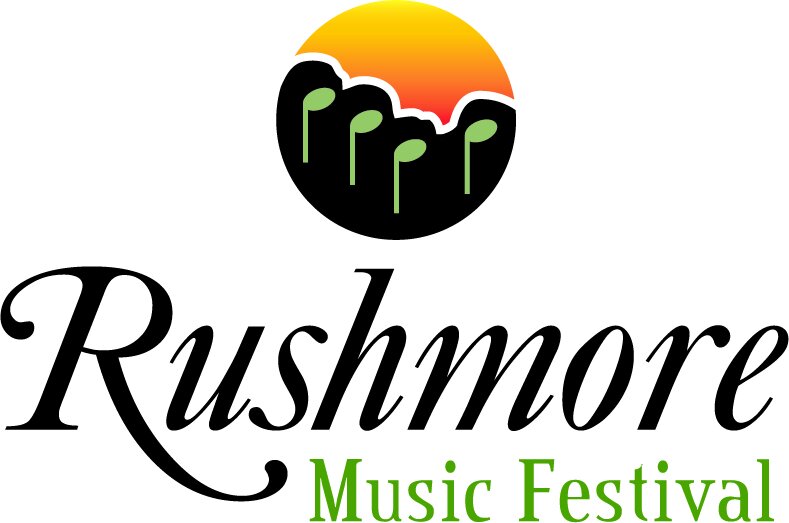
PAINTED VIOLIN PROJECT: Black Hills Edition
The Painted Violin Project
The Rushmore Music Festival proudly presents twelve talented visual artists from the Black Hills area for an extraordinary fusion of visual and performing arts in the Painted Violin Project: Black Hills Edition. This unique collaboration transformed donated, unplayable violins into stunning works of art. The “Painted Violin Project” is a unique fundraising effort to support full-tuition scholarships for talented middle and high school-aged music students nationwide to attend the Rushmore Music Festival, a premier residential solo and chamber music camp in Rapid City.
Each artist embraced the challenge of working with this unconventional canvas, creating pieces that not only showcased their own artistic vision but also contributed to the musical journeys of talented young musicians.The breathtaking violins, now symbols of artistic synergy and generosity, will be sold at our online Silent Auction in July 2025. They will continue to inspire those around them as they make their way into the hands of arts supporters and music lovers, who believe in the power of music and art to empower, enrich, and transform lives.
About Us: The Rushmore Music Festival is a 501(c)(3) non-profit organization based in Rapid City, South Dakota with a mission to promote access to musical excellence through education and performance to enrich the cultural landscape in our community and beyond.
The Festival annually hosts up to 40 students from around the country and up to 10 faculty from around the world for a 6-week intensive summer program. Attracting extremely dedicated, advanced string and piano students, each applicant undergoes a rigorous video audition process and interview to determine eligibility. Upon strictly merit-based acceptance, every student is awarded a fellowship to attend the Rushmore Music Festival. This fellowship ensures that all deserving students, regardless of their family’s financial circumstances, have the opportunity to train with world-renowned faculty in a conservatory environment.
Our Festival student alumni have been accepted for college at institutions including The Juilliard School, New England Conservatory, Indiana University Jacobs School of Music, Harvard, Yale, Oberlin, and Cornell universities.
As an organization founded and run by musicians entirely on a volunteer basis with zero administrative salaries, the Rushmore Music Festival deeply understands and values the artists’ time and effort that have gone into this project. To show our sincerest appreciation for our artists, it is our mission to ensure that these works of art are showcased and recognized by a sophisticated national audience in venues around the Black Hills.
View the Collection

Robert Lue Bennett
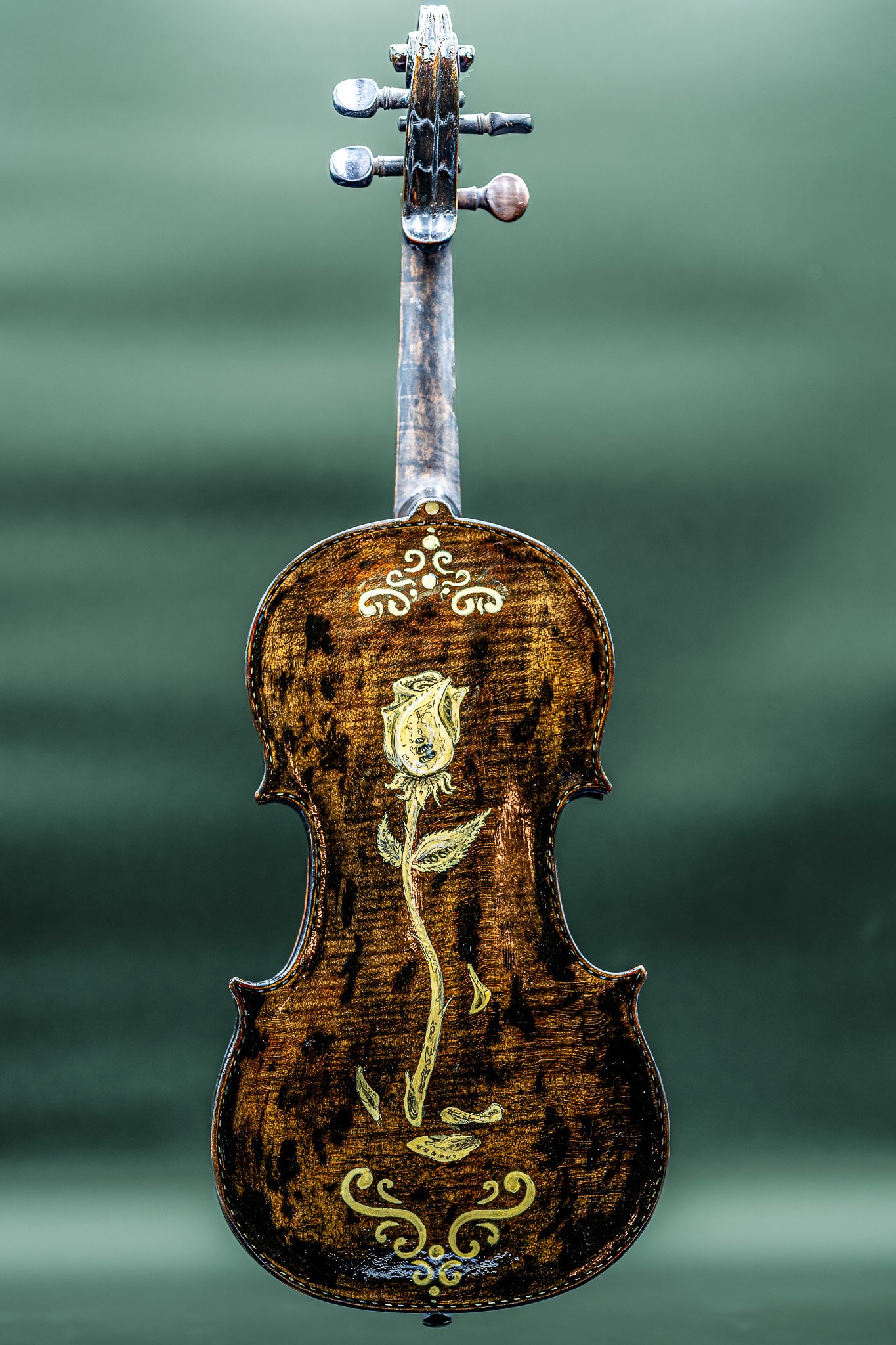



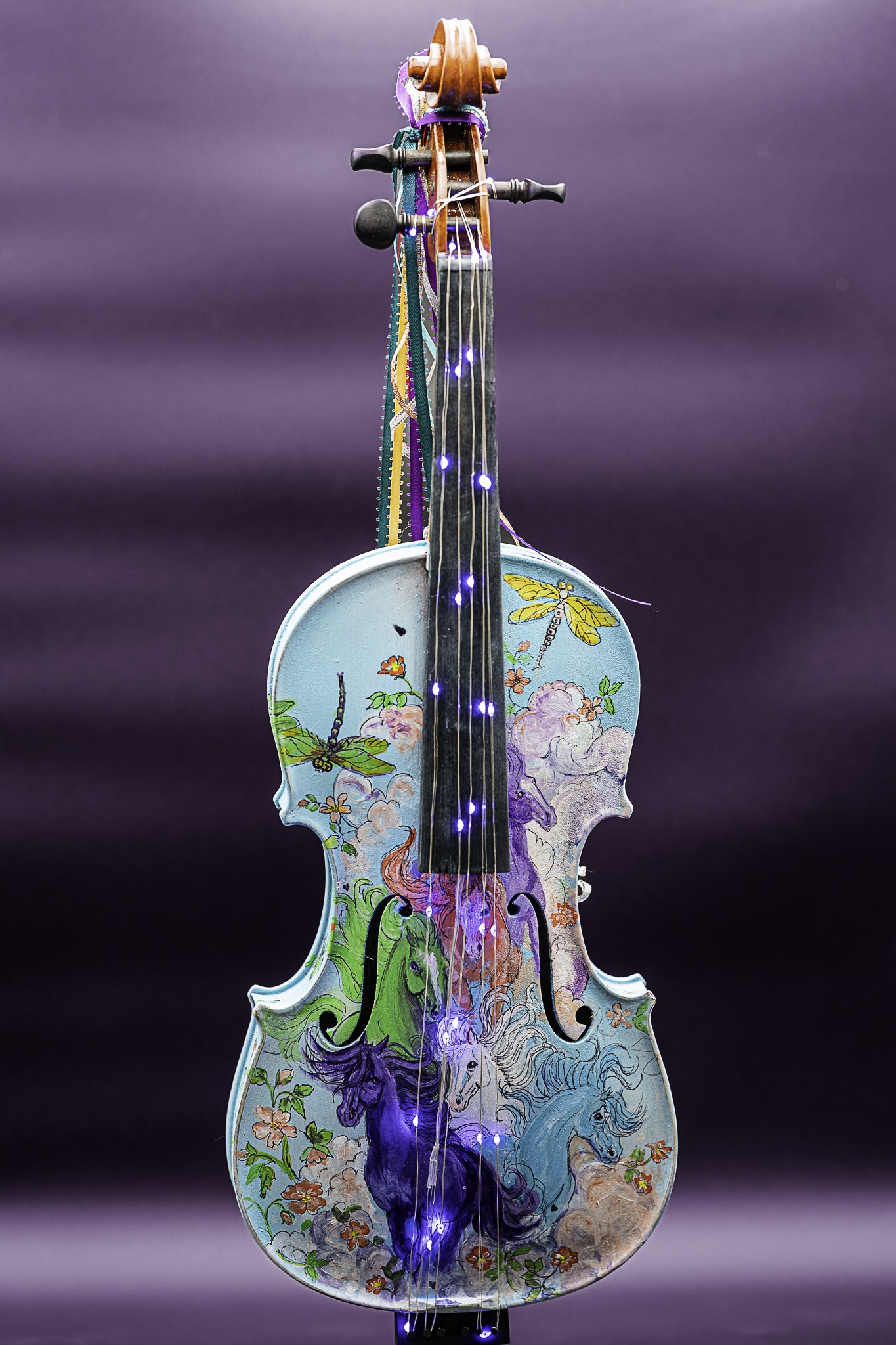
Carol Brookens
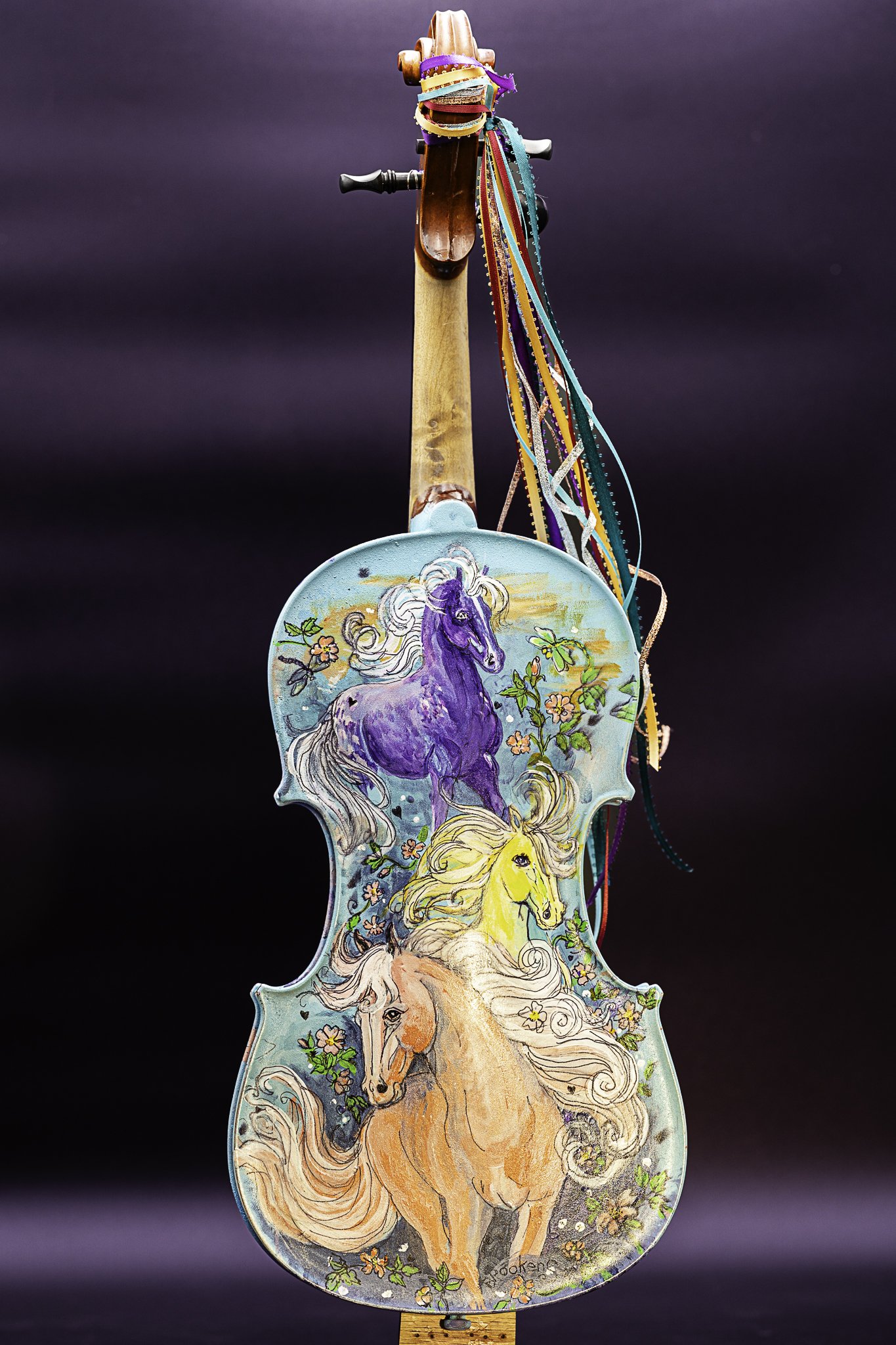
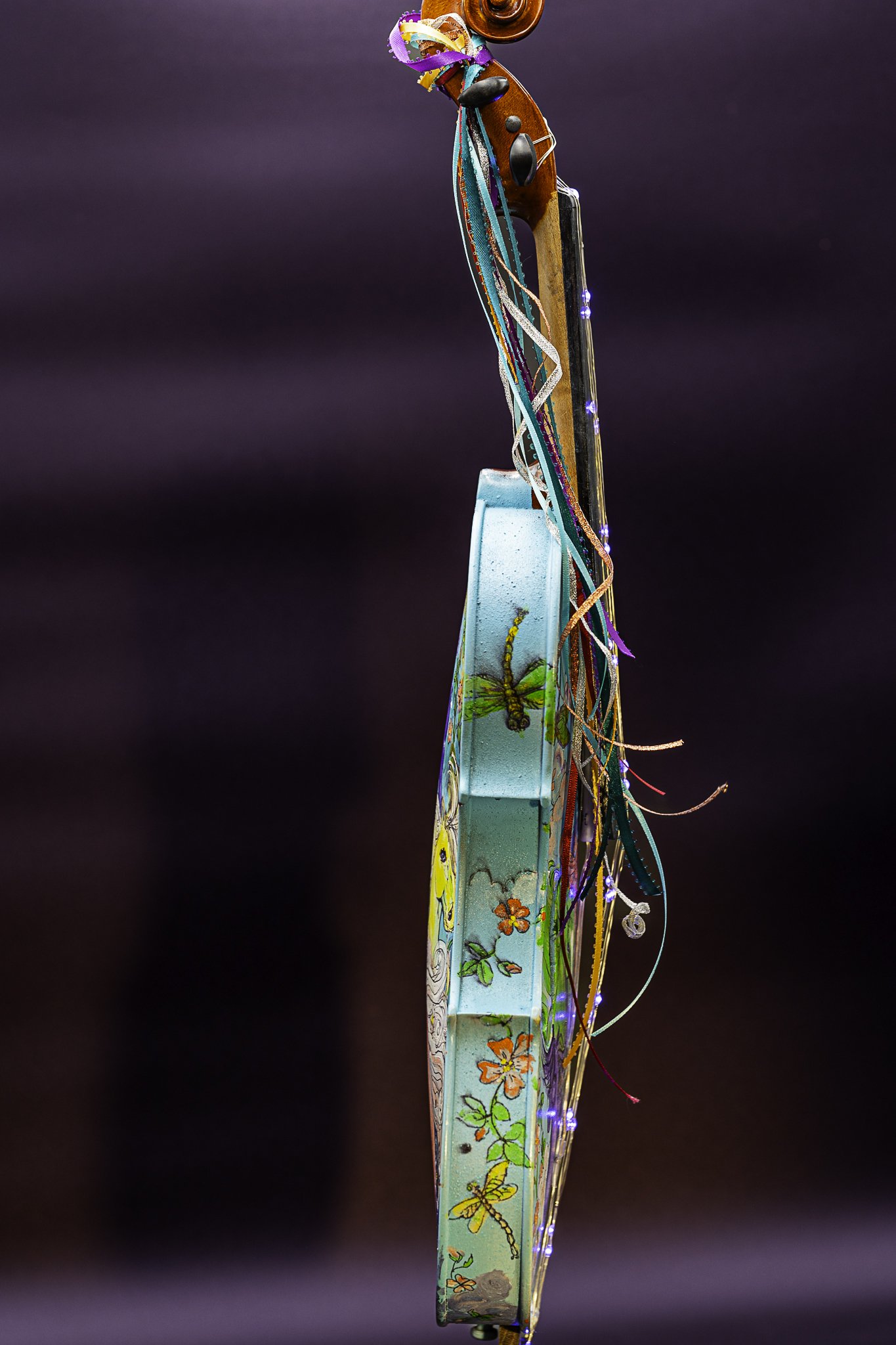

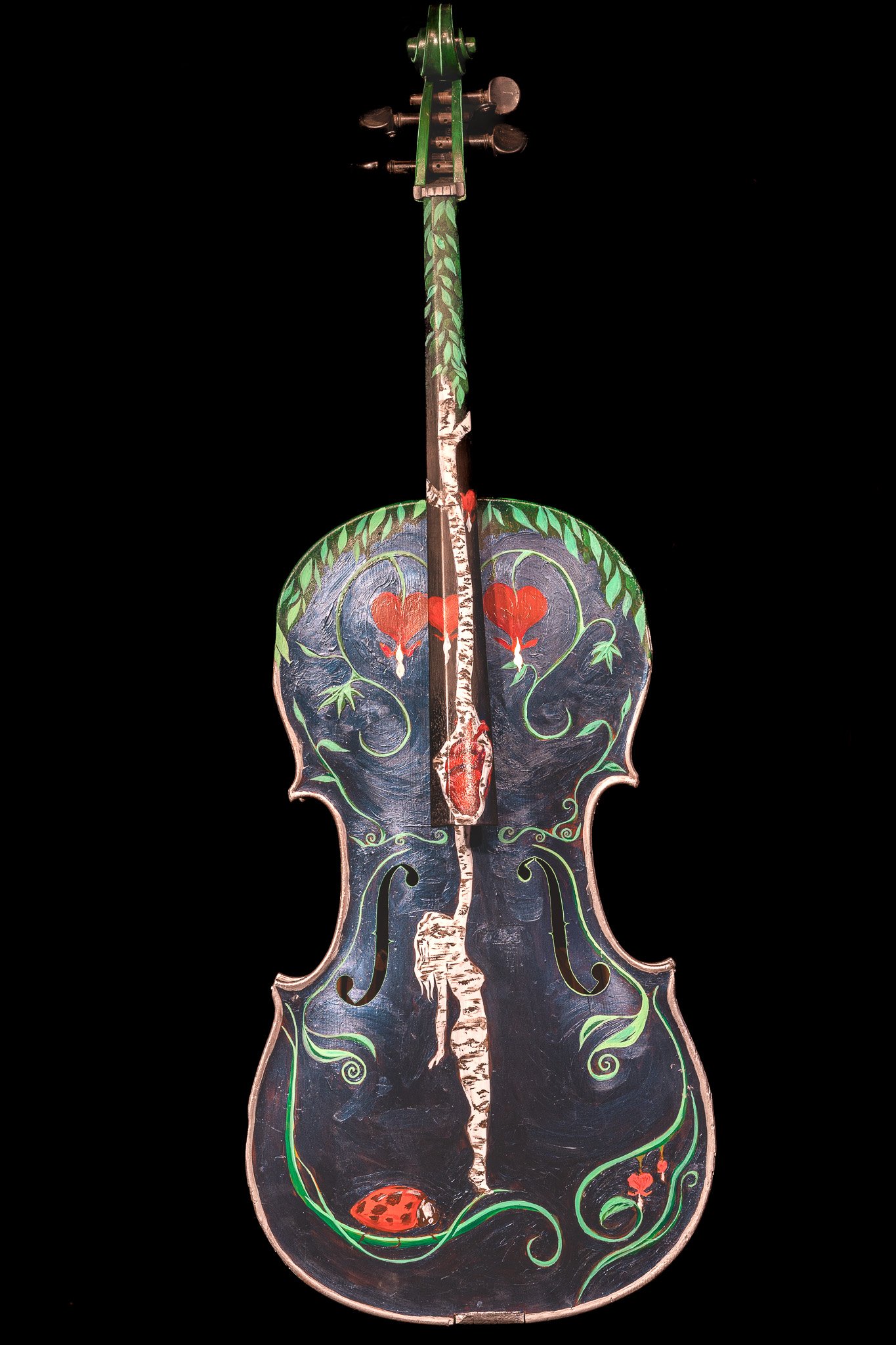
Aaliyah Human
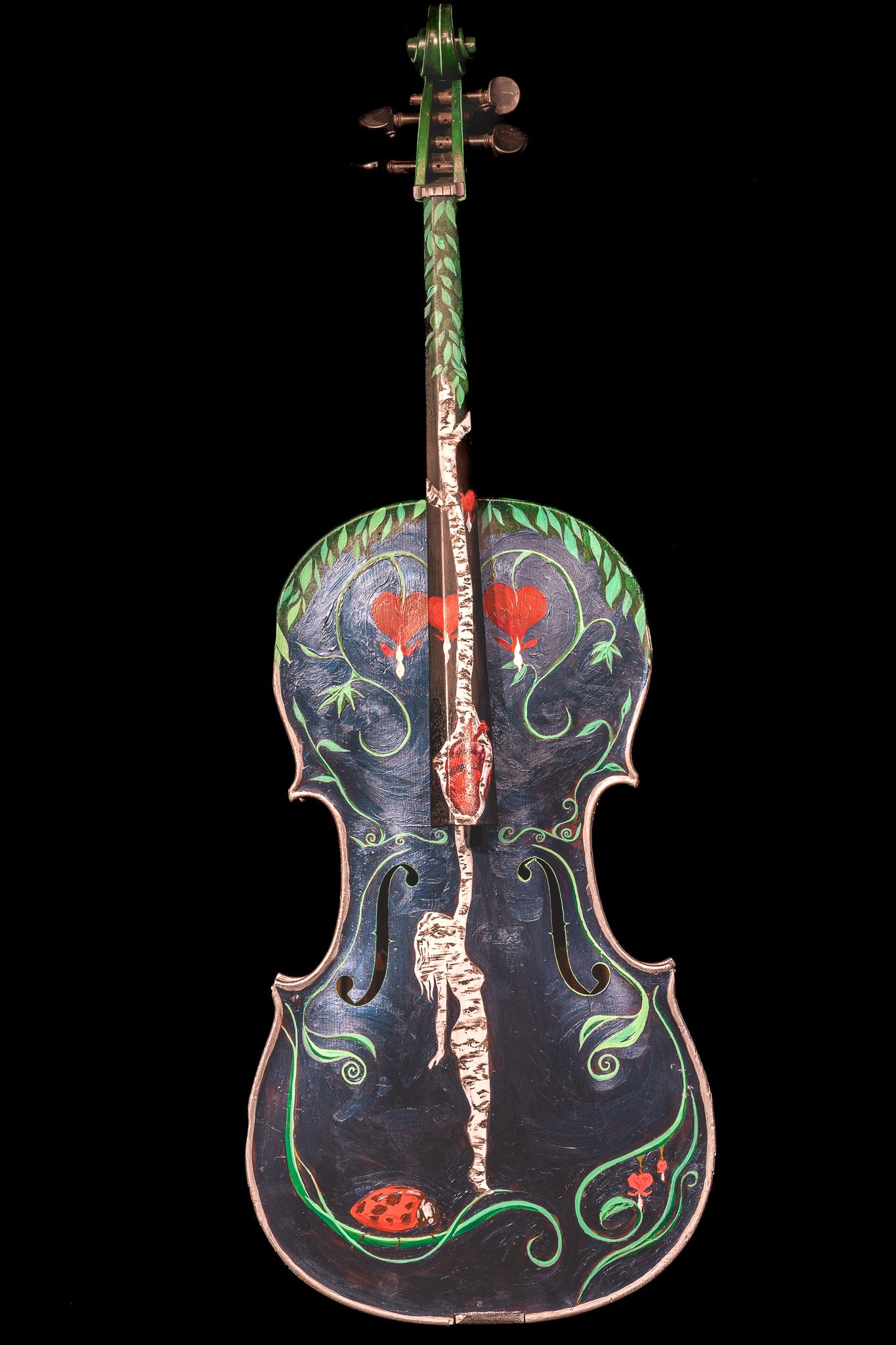
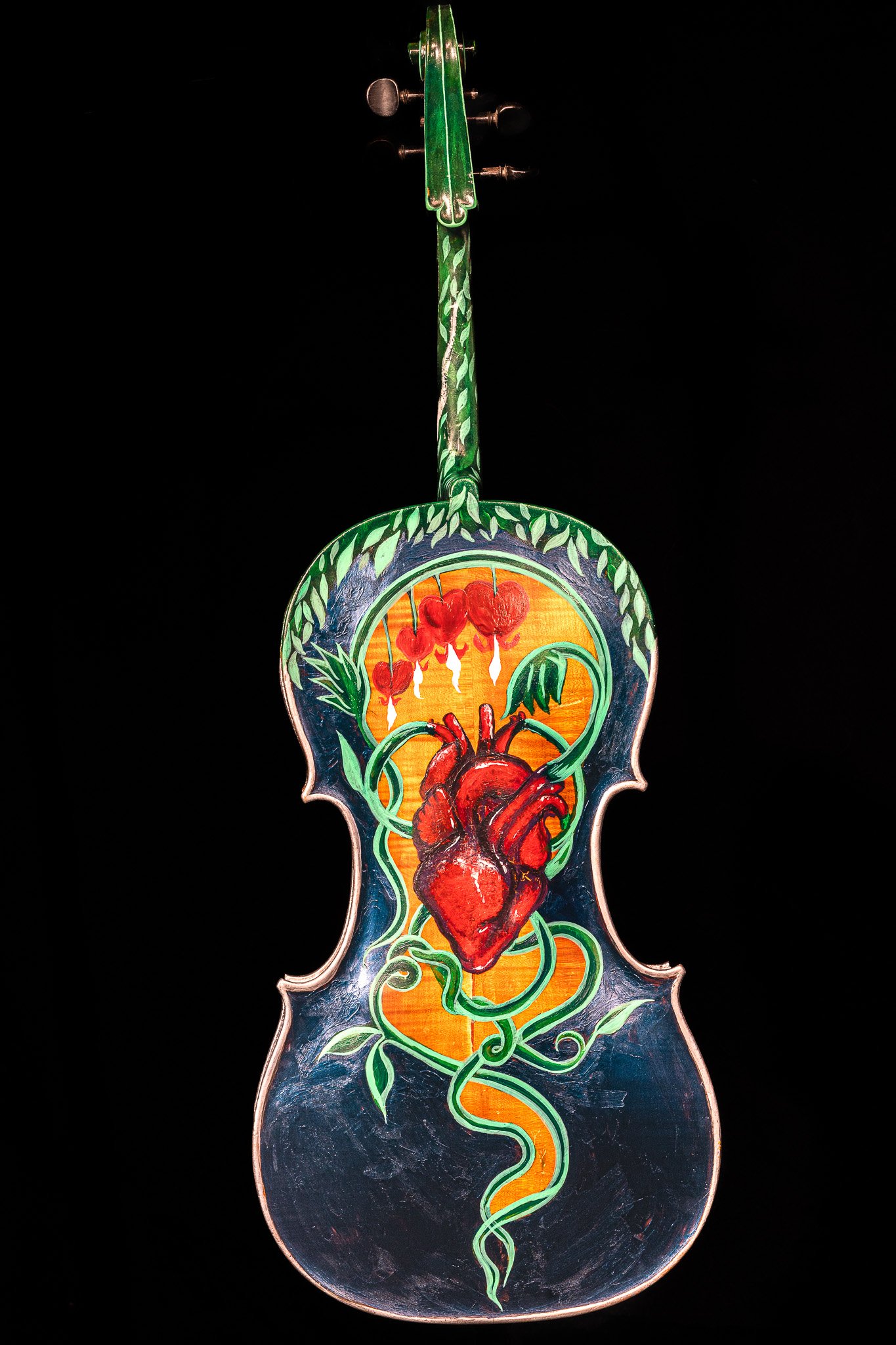
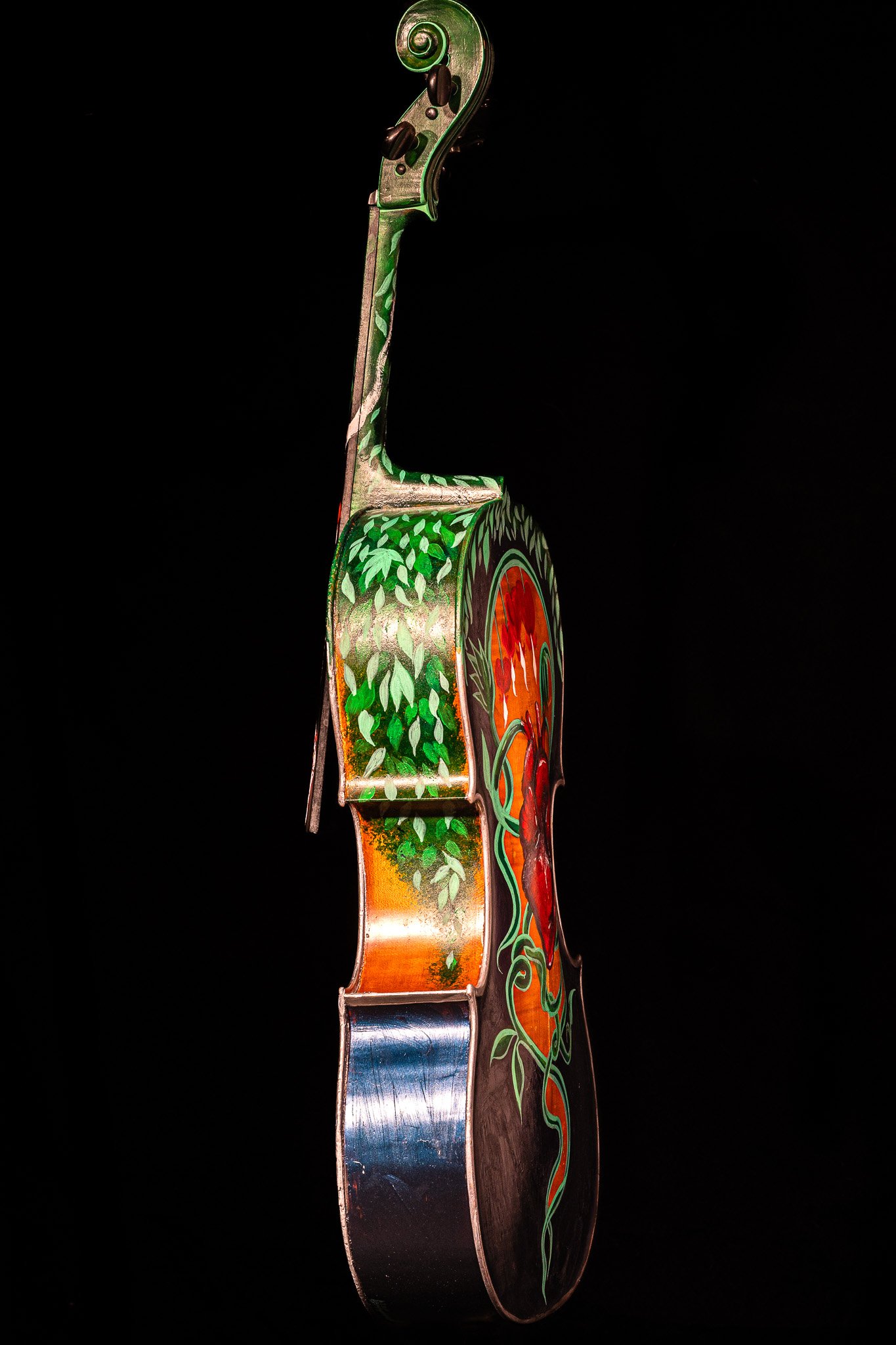


Bonnie Halsey-Dutton
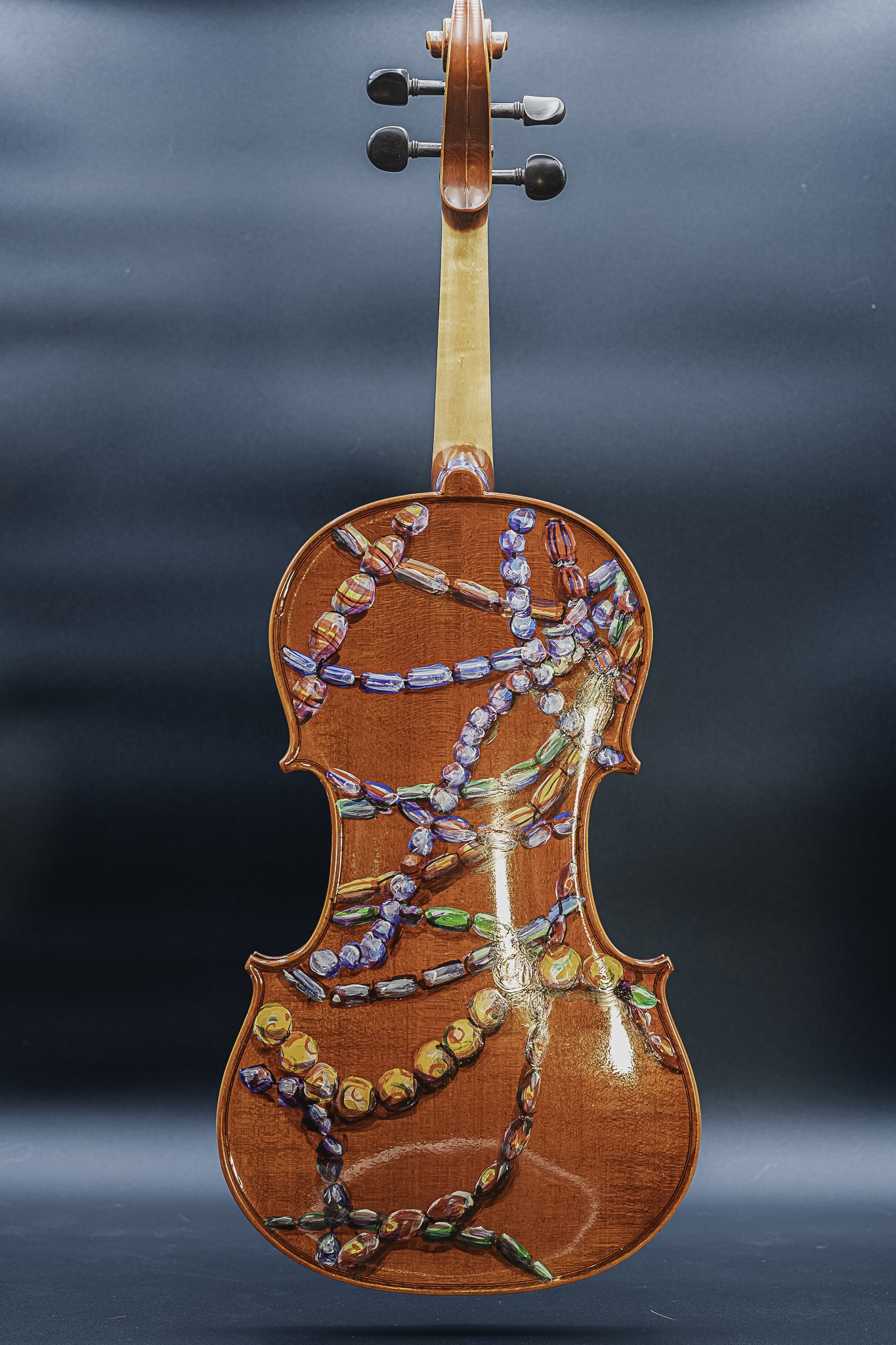

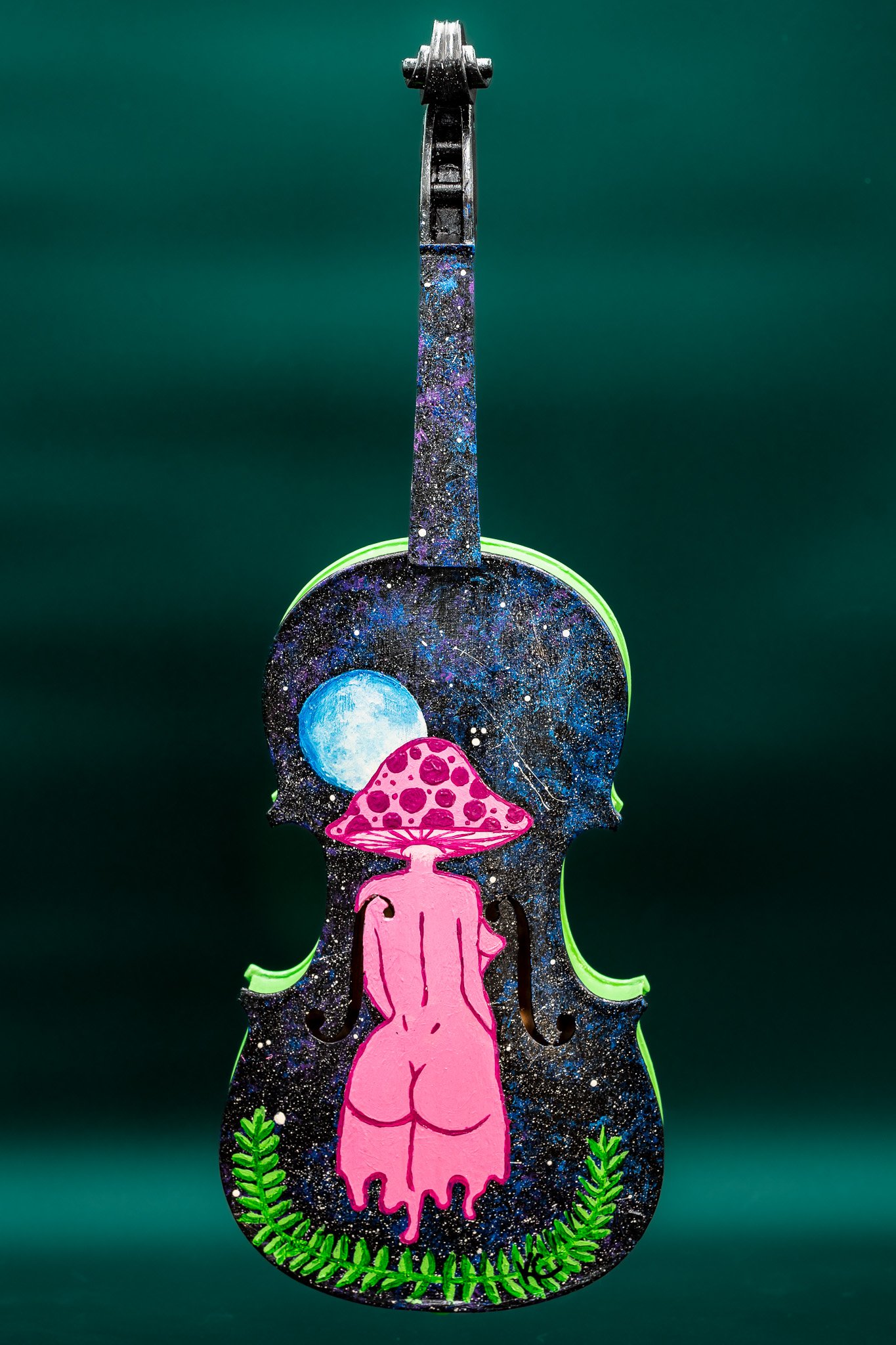
Kelsey Copotrio

Tanner Lamphere

Tyler Lamphere

Catherine van Doren
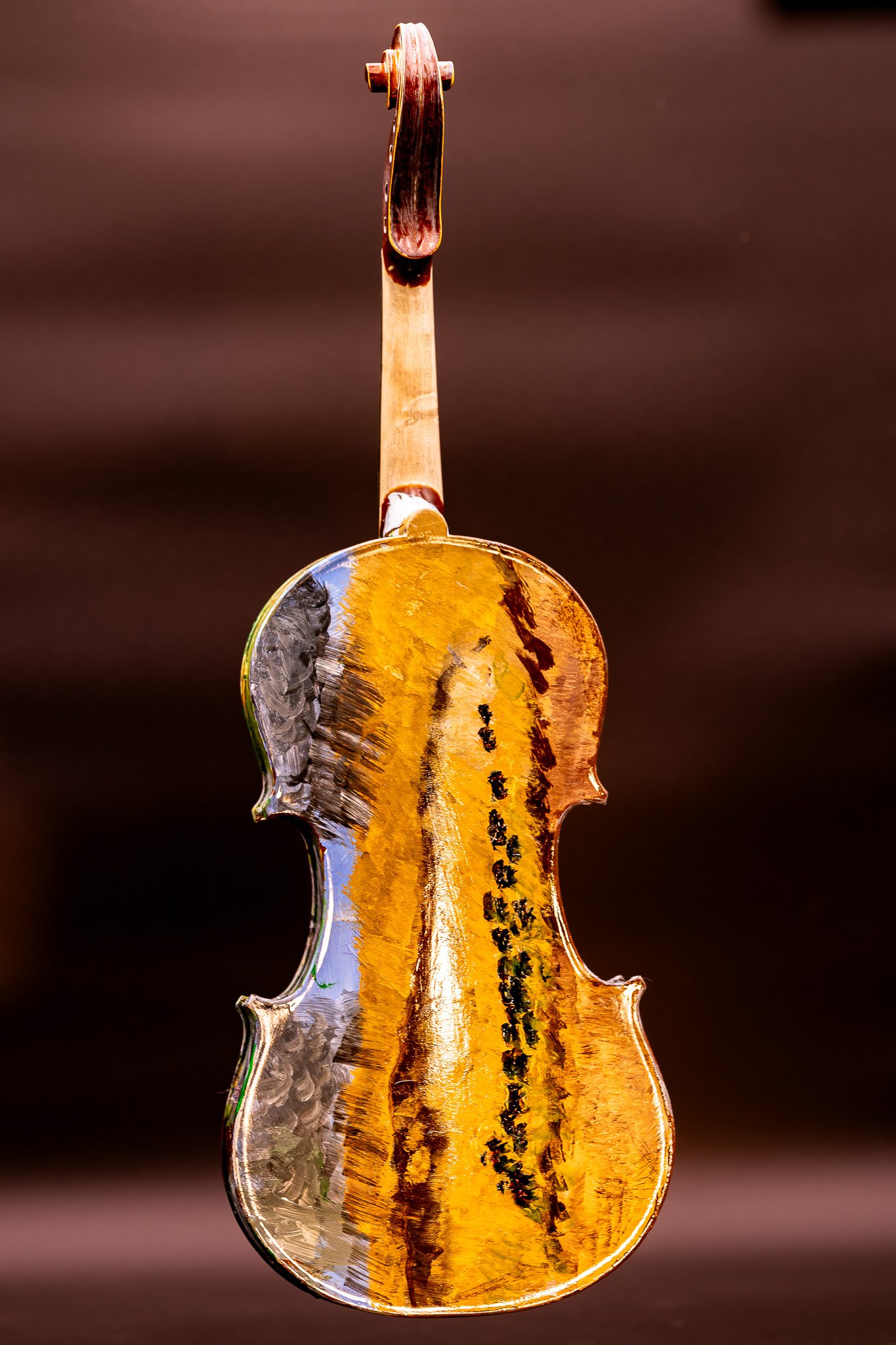
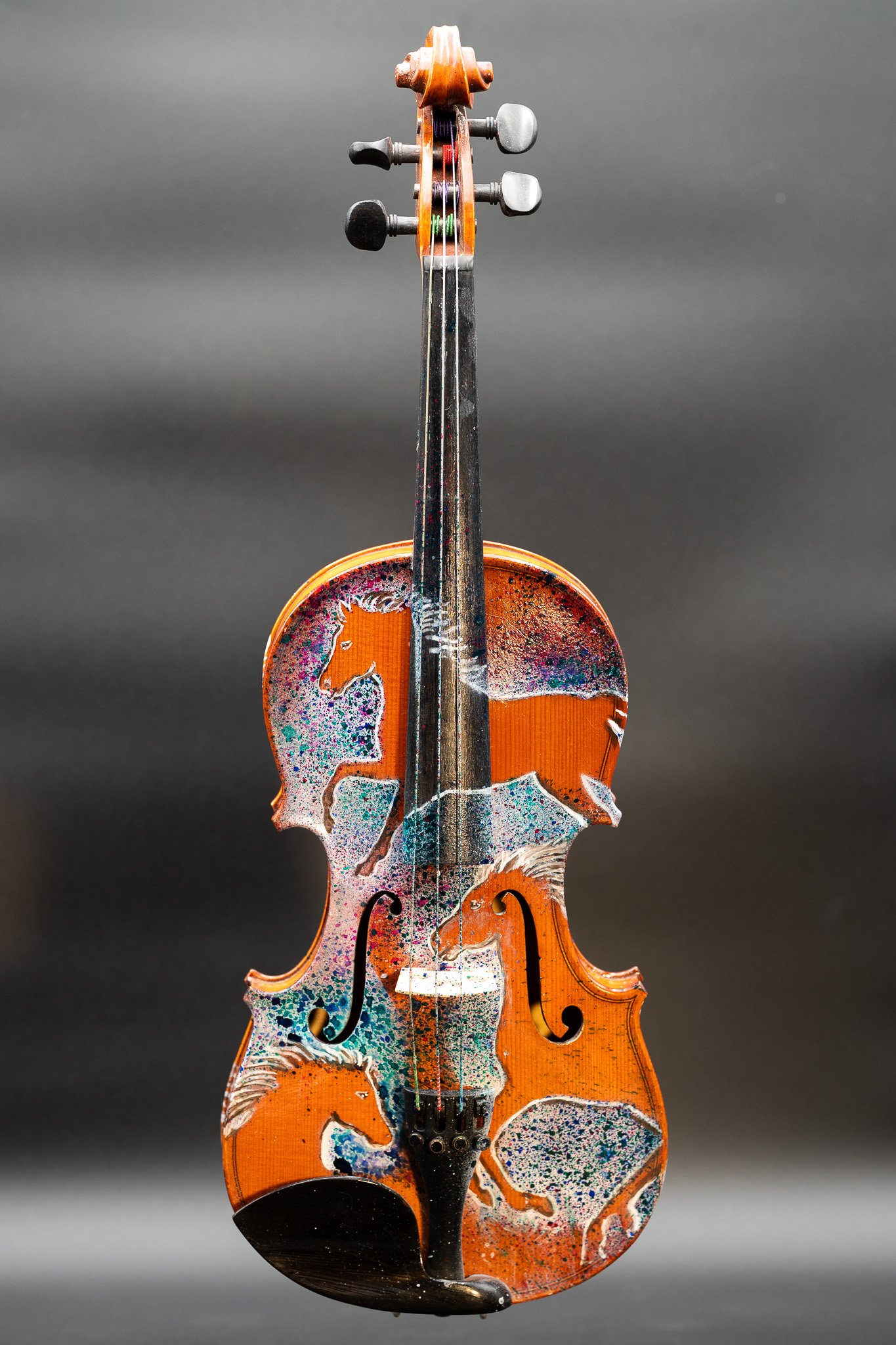
Dennis Linn
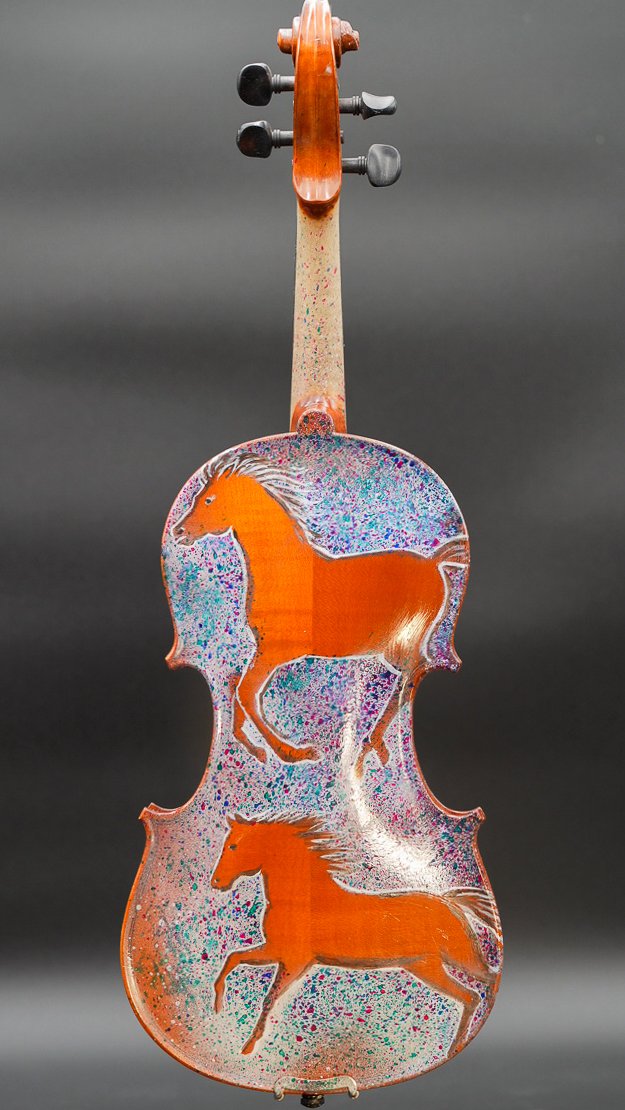

Adrianna Linn


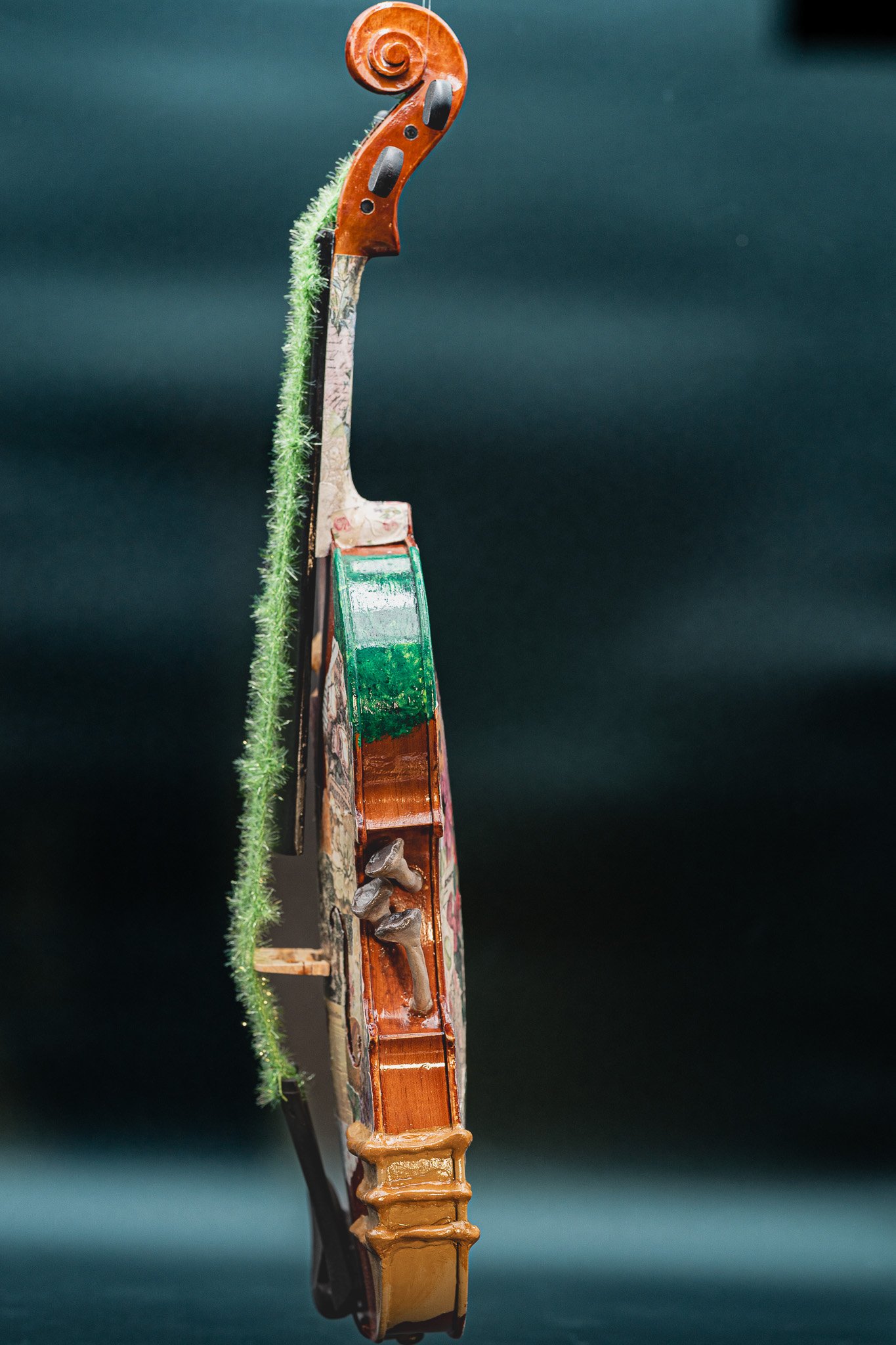
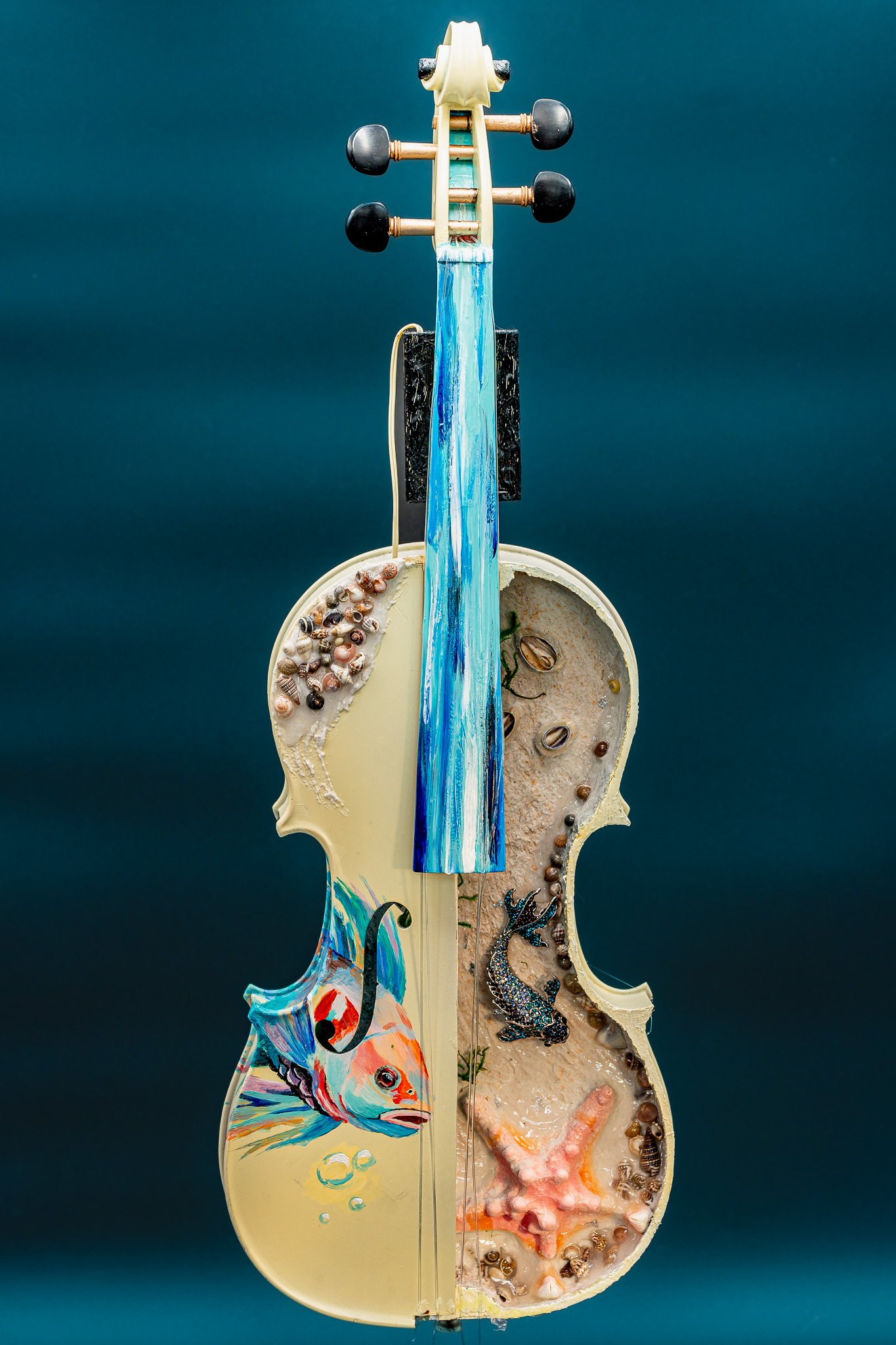
Julia Rae Schutz


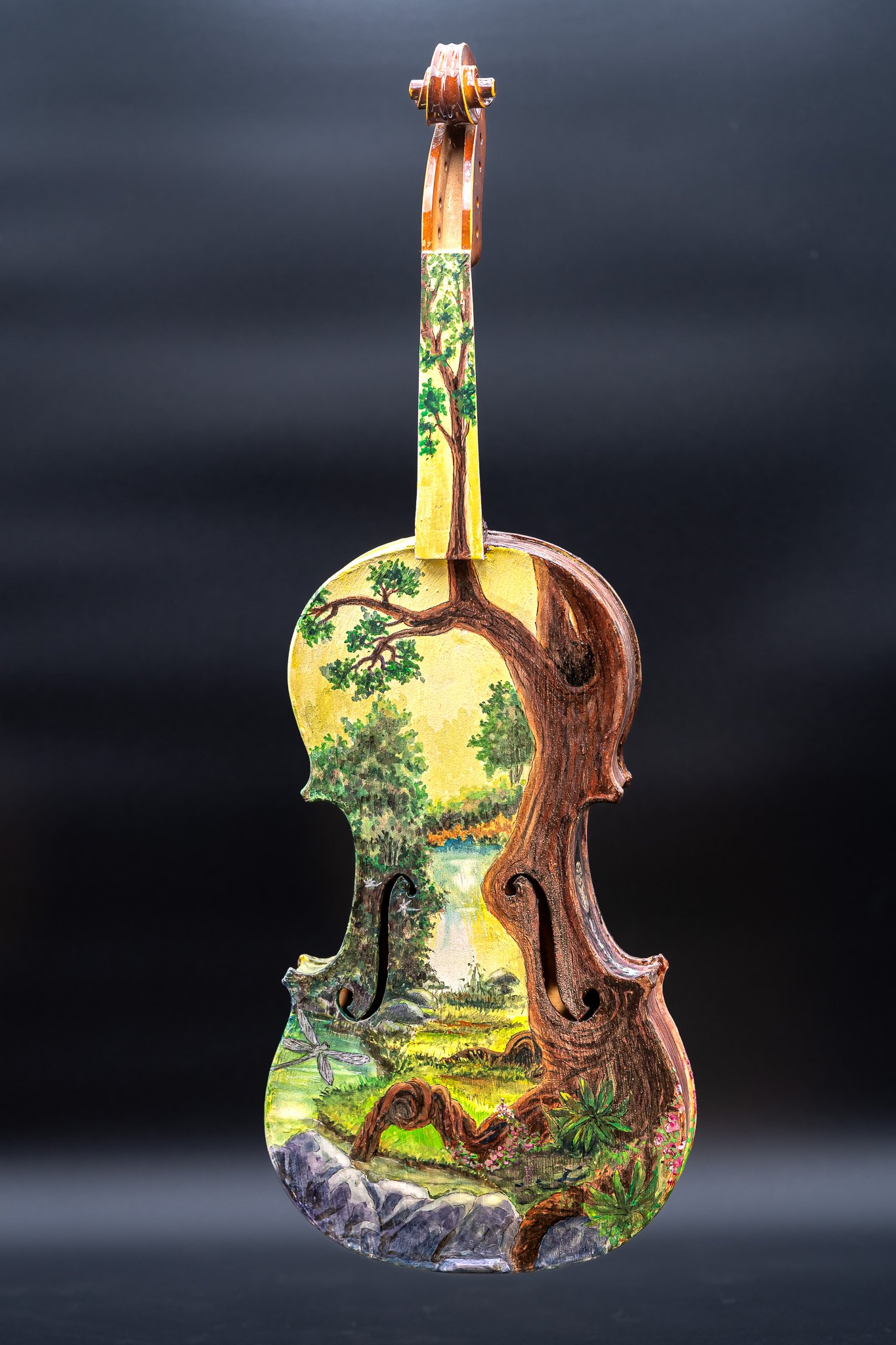
Jill Tesnow
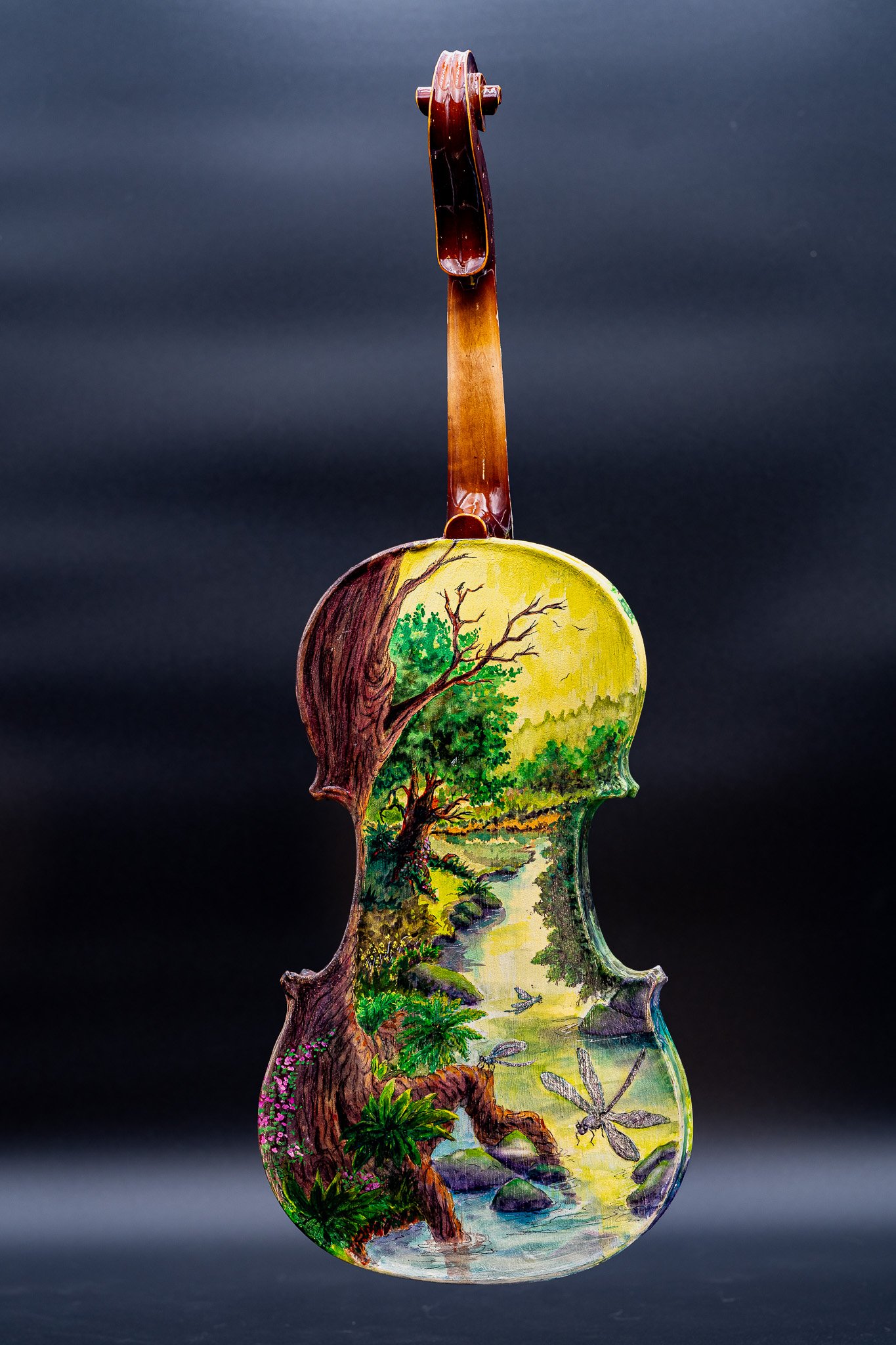
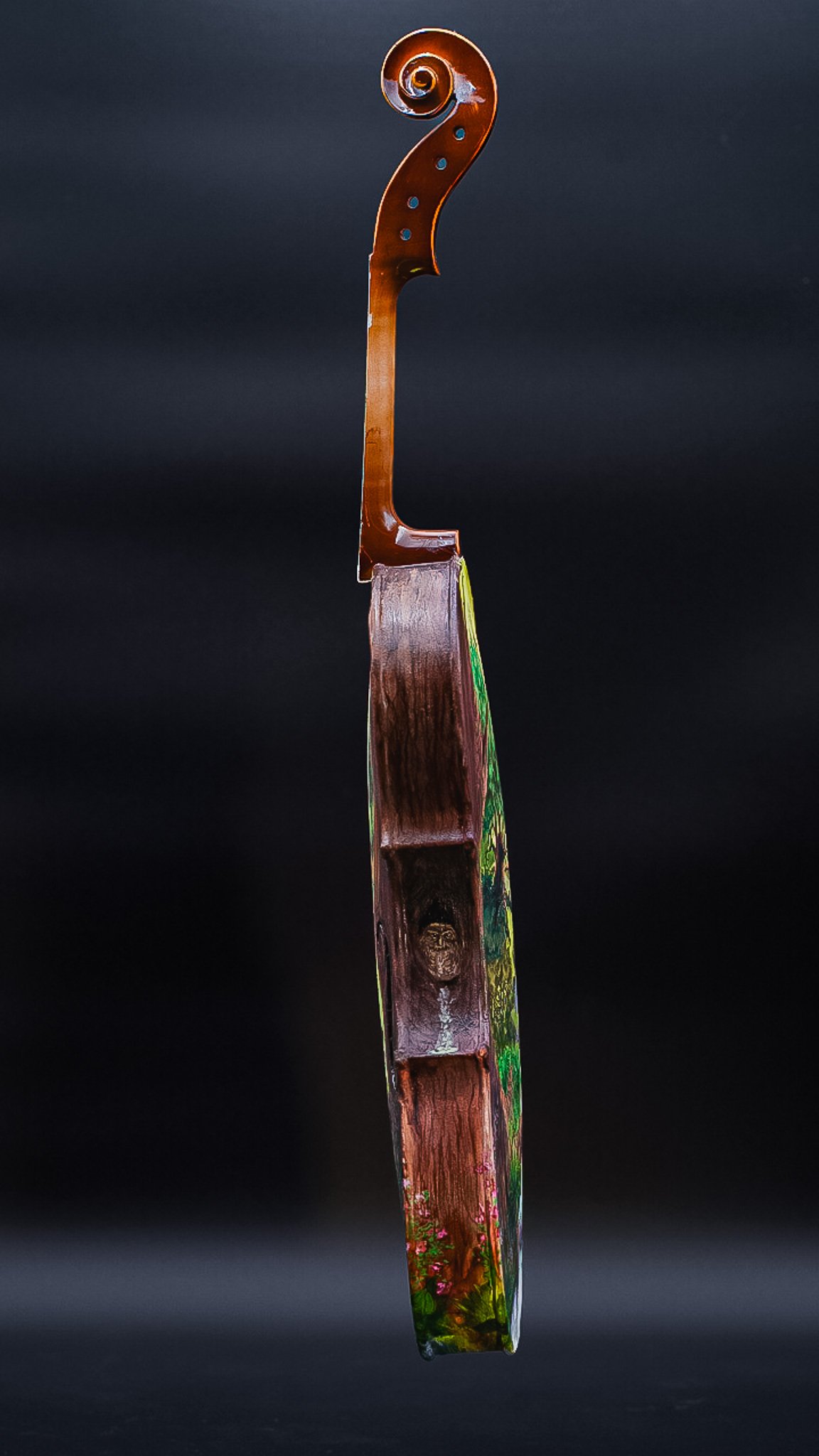
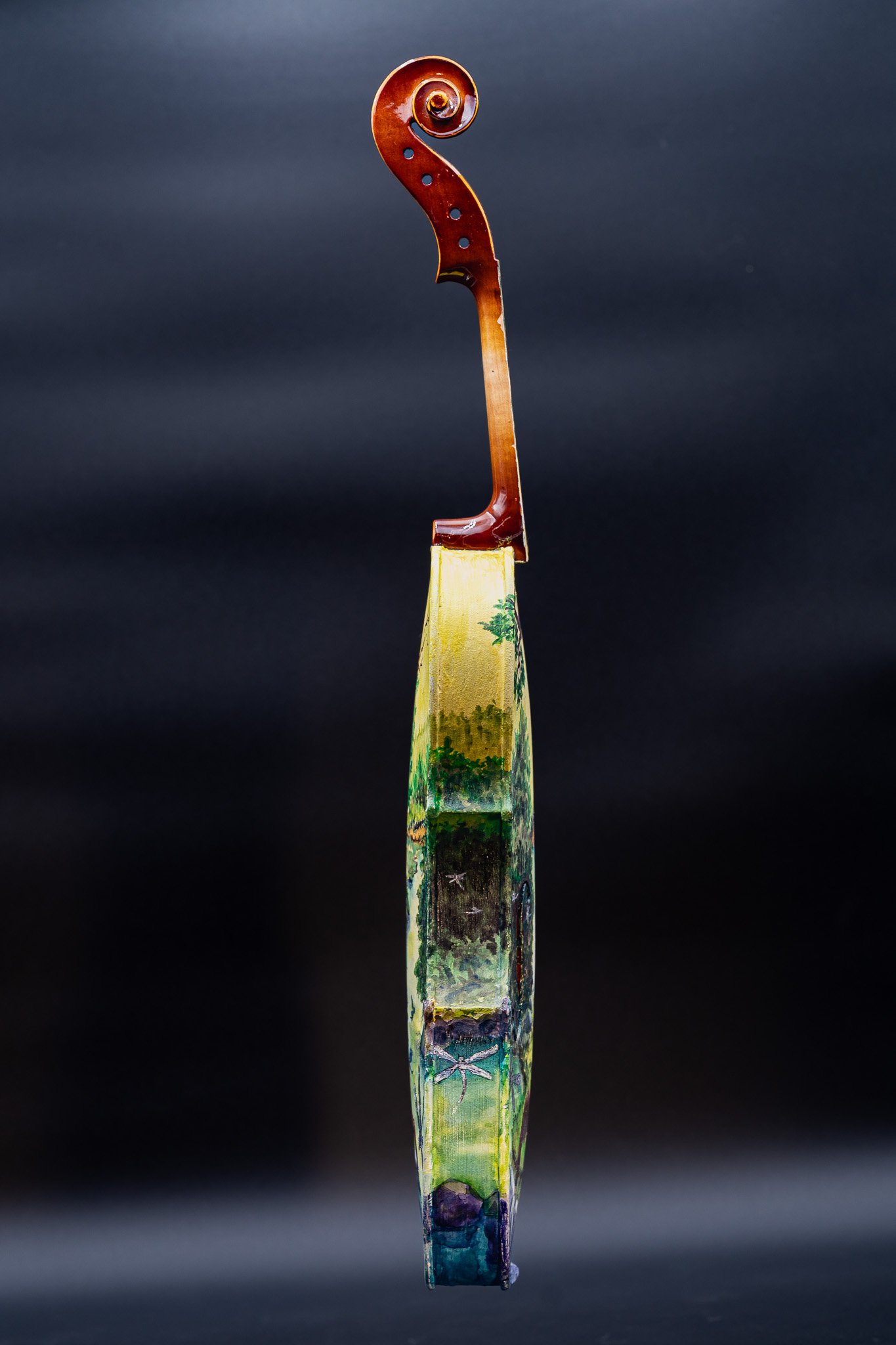
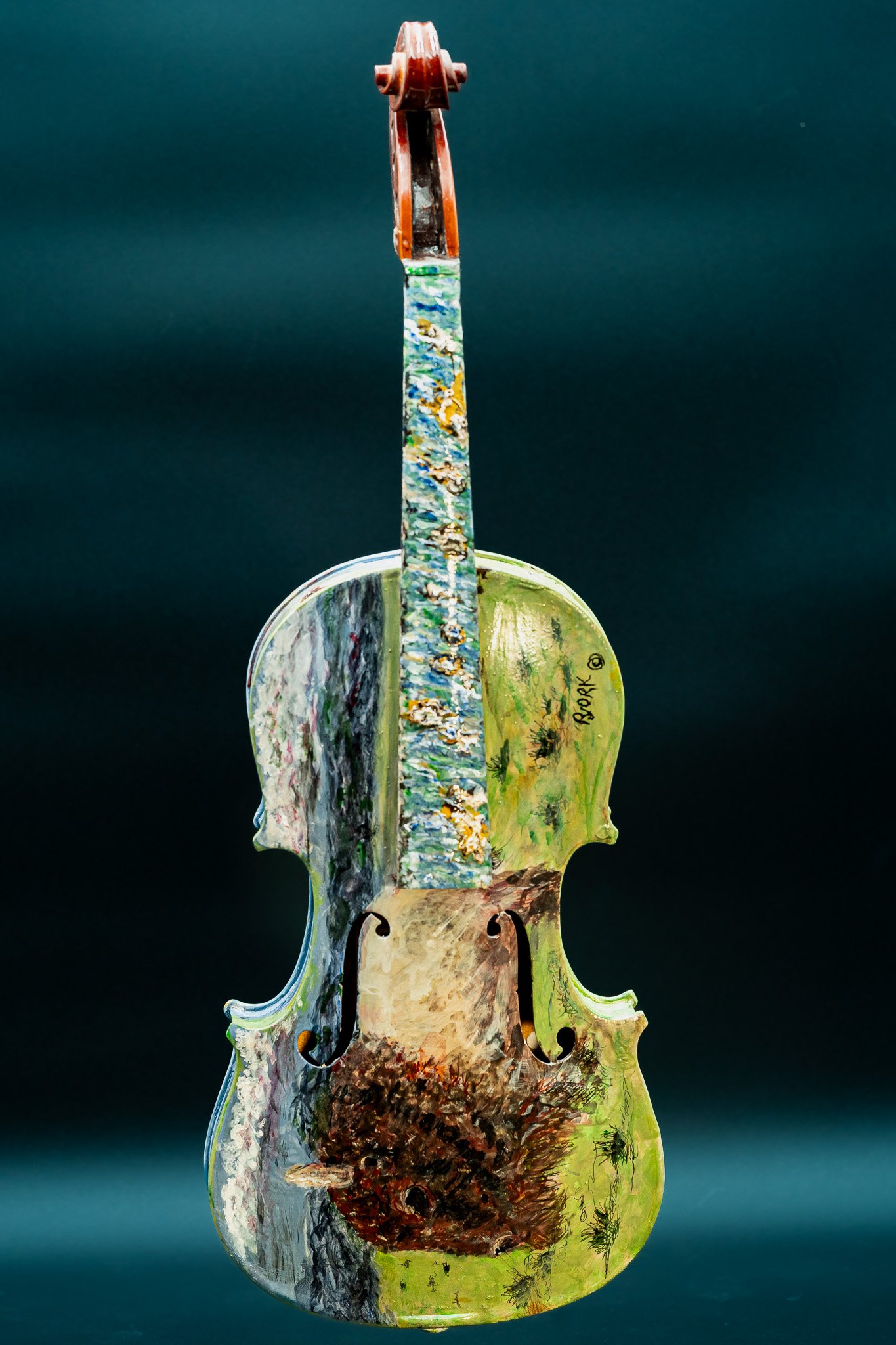
Bob York
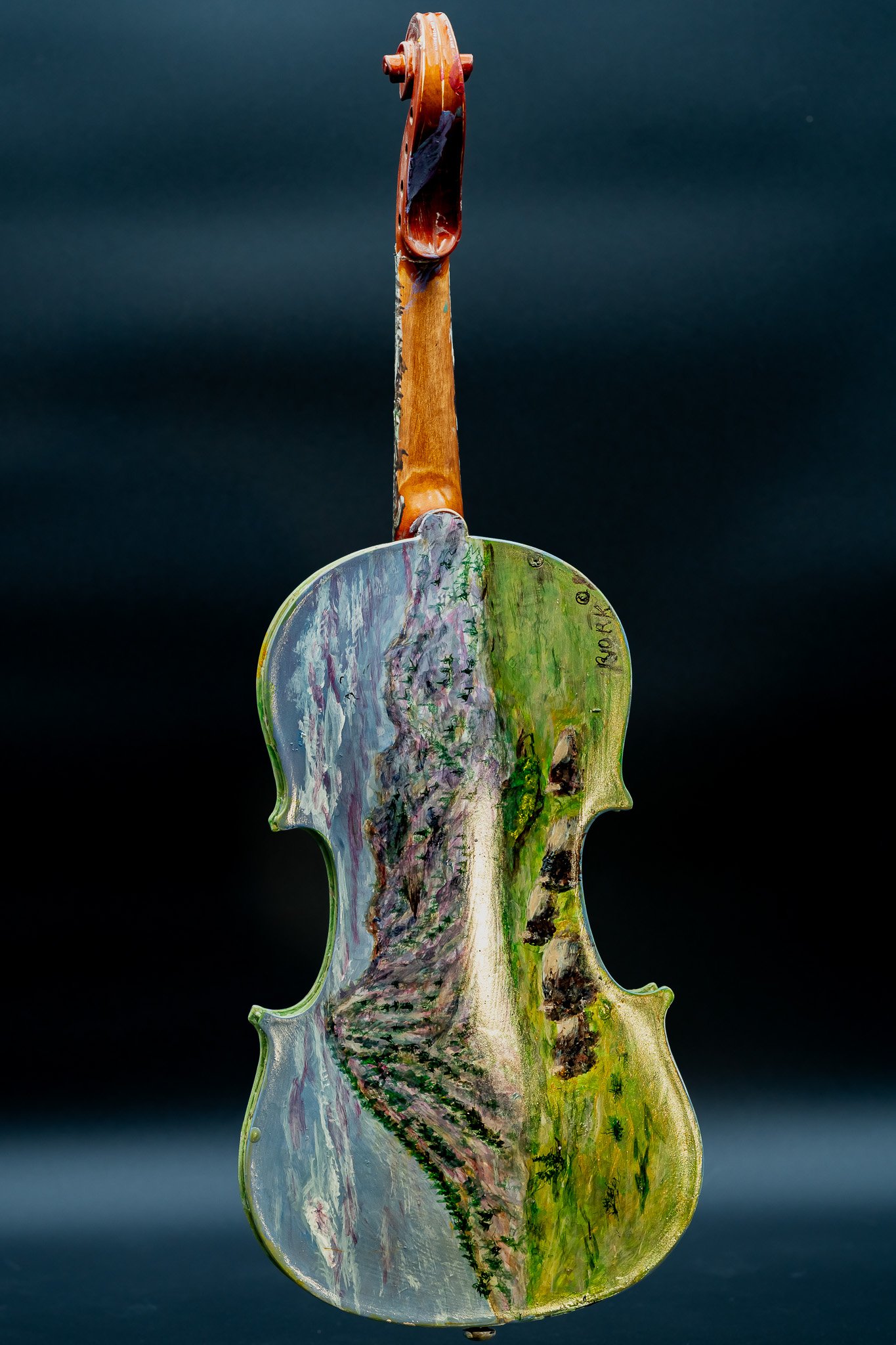

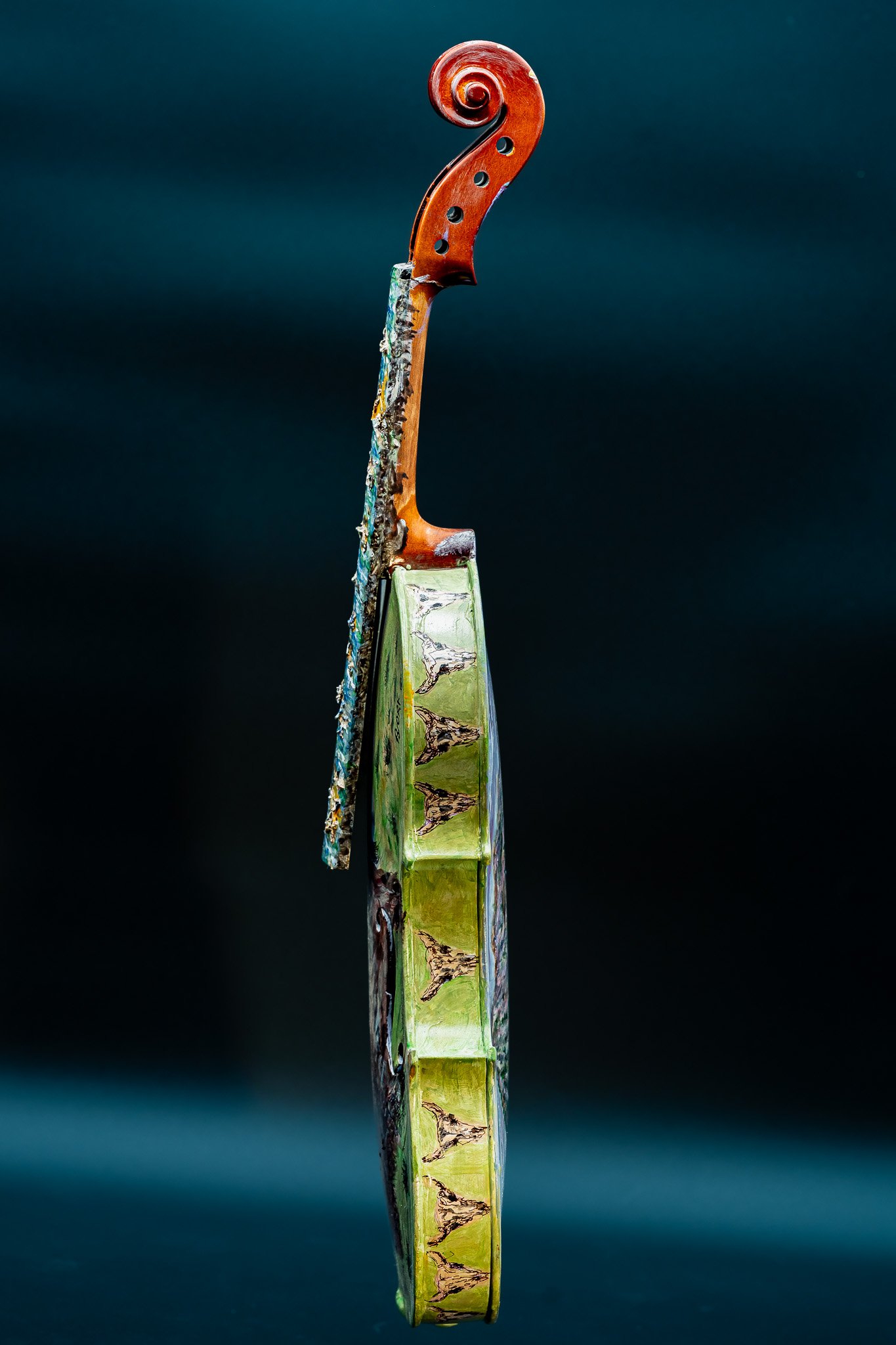
Meet the Artists
-

Robert Lue Bennett
-

Carol Brookens
-

Kelsey Capotrio
-

Dr. Bonnie Halsey Dutton
-

Tanner Lamphere
-

Julia Rae Schutz
-

Jill Tesnow
-

Tyler Lamphere
-

Robert York
-
Aaliyah Human
-
Adrianna Linn
-
Dennis Linn
-
Catharine R Van Dorn
